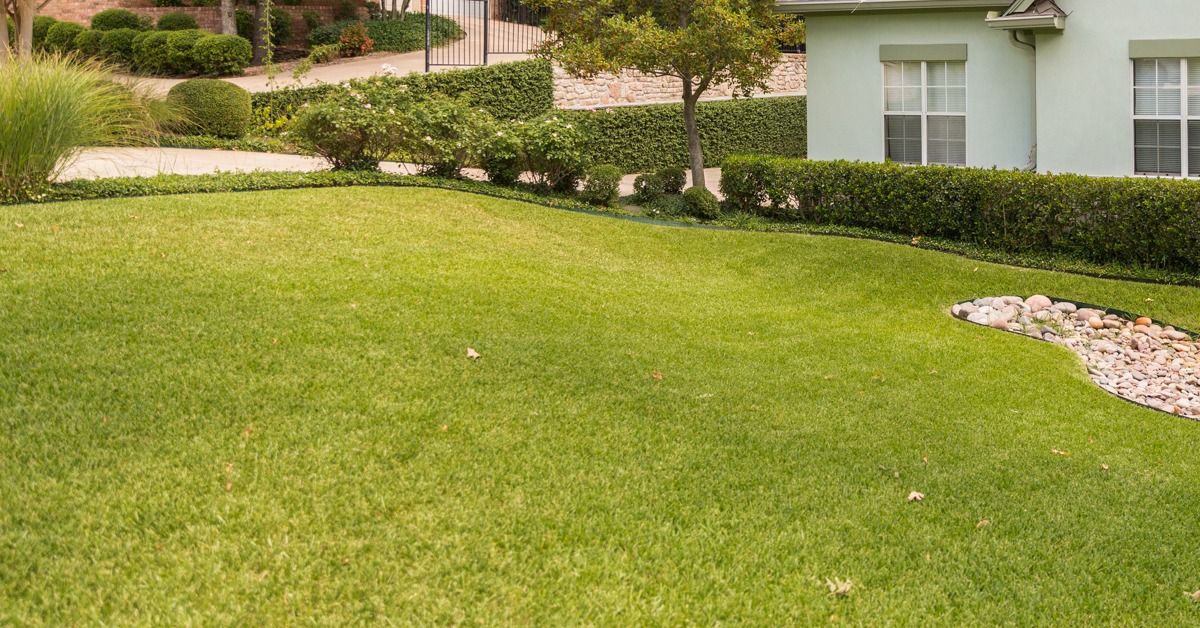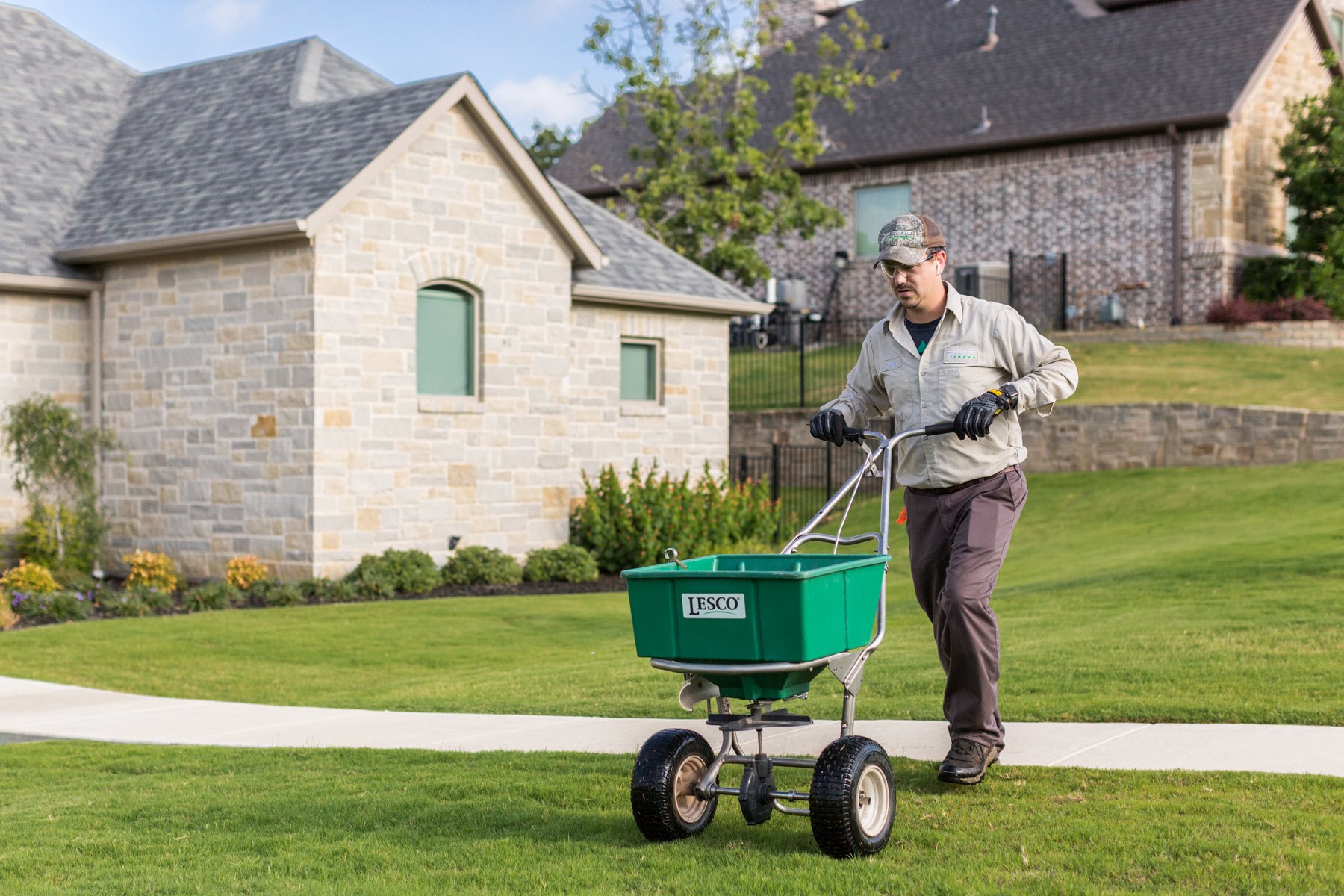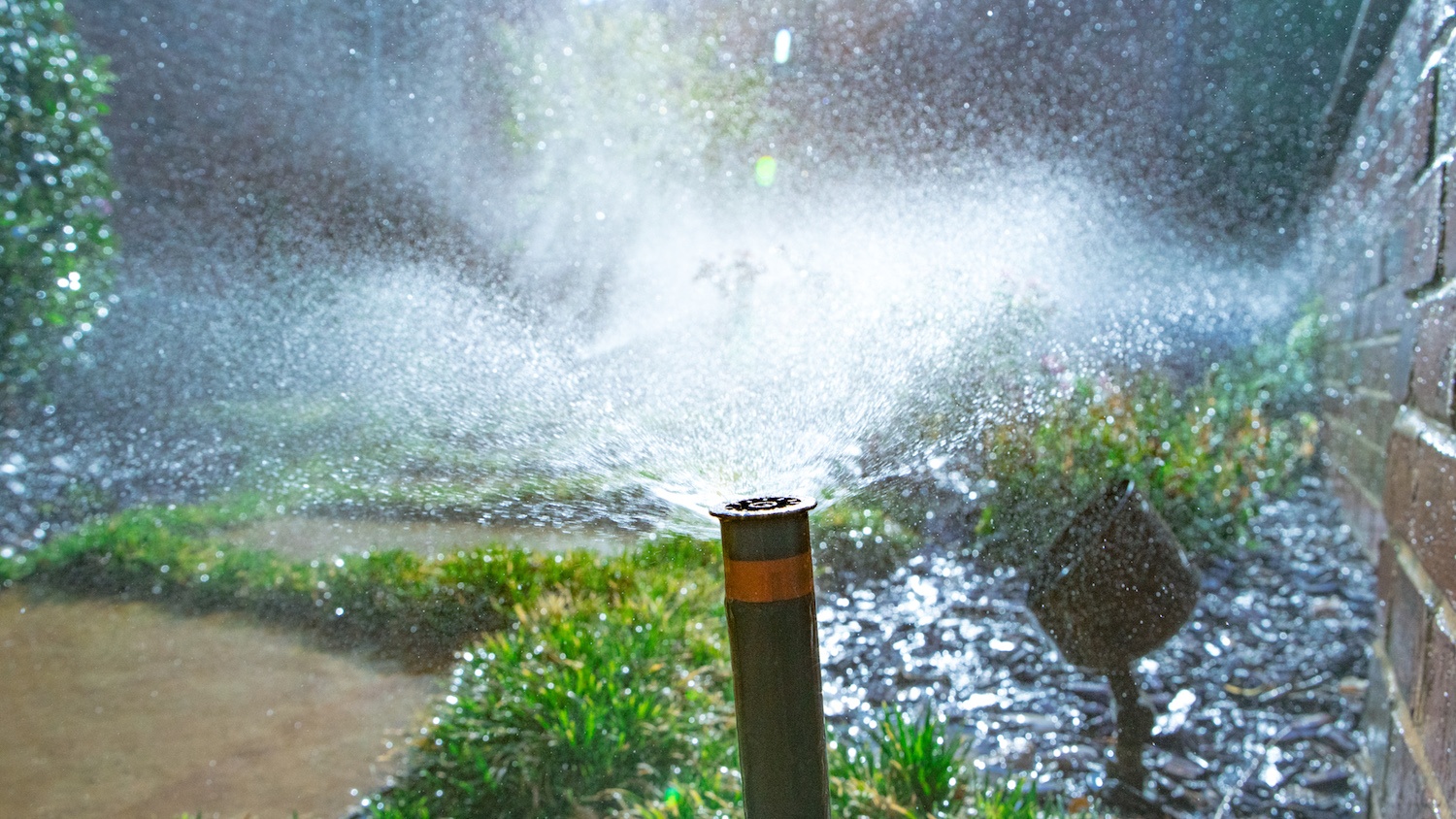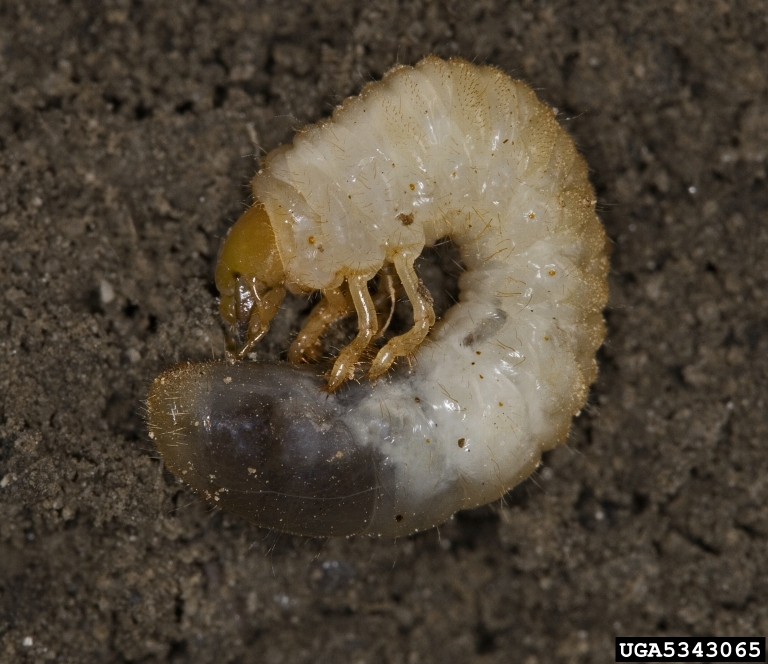
Summers in Texas can be intense. With temperatures frequently exceeding 100 degrees and a noticeable lack of rain, these conditions can really take a toll on your lawn. Our hot and dry summers are stressful on grass and our sandy Texas soil struggles with holding water.
Without a doubt, summer lawn care in North Texas can pose some challenges.
While the conditions can be challenging, they aren’t impossible. You can still have a beautiful lawn but it will take some preparation and care.
In this article, we will talk about how to take care of your lawn in the summer. We’ll share Texas lawn care tips that you should keep in mind as you prep for some of the harshest months your lawn will face.
We will cover:
Summer lawn care in North Texas: Understanding the challenges
Preparing lawns for summer
Protecting lawns from heat stress and drought stress
Choosing lawn care services in North Texas
Working with Grassperson for year-round lawn care
We understand that lawn care can be complicated and we hope to remove some of the guesswork and questions for you. But keep in mind that we are always here to help. Summers here in North Texas can be stressful for your lawn, but there are ways to address this.
Every season brings its own unique set of challenges in lawn care. Understanding what to do for your lawn (and when to do it), is important when it comes to getting the best results. But this also means understanding the challenges that might accompany any given season.
Some of the specific challenges brought on during the summer months include heat stress, drought stress, pests, and disease. These problems are all more prevalent during the summer, but they also compound on each other.

For instance, a lawn that is already stressed because of drought conditions is going to also be more likely to be attacked and ravaged by disease or pests.
You can very easily get stuck in a snowball situation of problems piling up.
The good news is that knowing what you're facing is the best possible start to overcoming your challenges. Let’s look briefly at each.
With temperatures in North Texas routinely hitting high digits, lawns can experience heat stress. This occurs as a result of hot and dry weather (and insufficient water, leading to drought stress, which we’ll talk about next). Heat stress first kills the tips of grass blades but can spread.
Drought stress occurs when lawns (or plants in general) are not receiving enough water. Due to insufficient rainfall during the summer months, these conditions are common in North Texas. This is why lawns often require supplemental watering and why irrigation systems are so popular in our region.

Pest activity in the lawn can really ramp up during summer months. Some of the pests that we see here in North Texas include grubs, chinch bugs, and armyworms. All three of these pests can be highly destructive to a lawn. Couple their damage with drought or heat stress, and you can have a real problem on your hands.

Lawn diseases can also become a problem in warmer months. Hot-weather fungal infections like summer patch disease can wreak havoc if given the chance to spread. Extreme heat, limited rainfall, and rising humidity (three common occurrences here) are the perfect recipe for a fungal disease to start growing.
One of the best ways to prepare your lawn for the summer and help ensure it can stand up to tough conditions is to practice good lawn care habits ahead of time. Things like proper mowing, aeration, and fertilization can play a vital role in promoting a healthy lawn that will be less likely to struggle.
While even healthy lawns can face issues, they will be more likely to withstand challenges if they are in good shape.
Here are a few things to keep in mind.
People sometimes try to skimp on mowing but it’s a service you must keep up with regularly. Later in spring through when fall arrives, when we see faster grass growth, your lawn needs mowing every week.

Trying to mow your lawn less than weekly can take longer and be more work. It also might be harder on your equipment and will most likely damage the grass because you’ll be cutting more than ⅓ of the overall growth (which is not recommended). You also want to make sure that you are mowing with a sharp mowing blade and a level mowing deck to ensure optimal results.
Lawn aeration is also incredibly valuable when it comes to preparing lawns for summer. Our sandy soil type is prone to compaction. If this is not remedied (with lawn aeration), your lawn can really struggle in the summer. A compacted turf will not be able to adequately take in water. But lawn aeration helps to break up aeration and allow the lawn to breathe.

Lawn care in Texas is a year-round endeavor, and we fertilize lawns four times from April to October so the turf is constantly getting the nutrition it needs to grow strong. Fertilizer provides essential nutrients to improve turf color and thickness, to help the grass stand up against environmental pressures, and aid in healthy turf root development.
The reality is, our soil is not perfect for growing grass. But fertilizer enriches the soil with the ingredients grass needs to thrive. The bottom line is that a well-fertilized lawn will be healthier overall.
Some of the lawn care habits mentioned above will go a long way in preparing lawns for summer. That’s because a healthy lawn is better able to withstand trouble.
But you’ll also want to pay special attention to your watering habits when it comes to protecting your lawn from drought stress and heat stress, which go hand-in-hand.
Lawns require one to two inches of water per week (whether via rainfall or irrigation). During the summer, we typically recommend watering three to four days per week to achieve that goal as rainfall is likely to be limited.
The thing about protecting your lawn from drought and heat stress is that you have to be proactive about your watering. Being reactive (and trying to catch up), can be difficult.

It can actually be difficult to fix a drought-stressed lawn. You want to go into the summer season with an adequately-watered lawn so that you are less likely to face these issues.
Timing is everything with watering. The best time to water your Texas lawn is in the early morning so the soil can soak in moisture before the sun causes water to evaporate. Not to mention, the wind tends to pick up as the day goes on. Watering early maximizes the resource because heat and wind are less likely to “consume” the water you apply.
Sometimes local regulations make this challenging. When watering restrictions are in place, we recommend watering in the morning and evening on assigned days (usually two days per week) so you can achieve four watering times. This is ideal for summer.
An irrigation helps remove a lot of the guesswork related to watering. Of course, you want to ensure that your irrigation system is always in proper working order.
At Grassperson, we offer ongoing irrigation maintenance to ensure that all of your lawn watering needs are met. This begins with an early-season analysis in which we can make recommendations and improvements as needed to ensure that you get your season off on the best foot possible.
Preparing lawns for summer can feel stressful but it’s not something you have to handle on your own. In fact, partnering with a lawn care professional can help you get the best results.
A lawn care pro is not only going to implement best practices (like proper fertilization and mowing), but they will also be able to help you spot problems early on.
When working with a professional, you can feel confident that there will be an ongoing “eye” on your property, scouting for issues that you might not even be aware of. Summer lawn pests and diseases, for instance, might go unnoticed by a homeowner but a pro will always be looking for signs of distress.
This is important as stopping these problems in their tracks can help save a lawn. There are often curative solutions that can be put in place for a problem that is wreaking havoc on your lawn.

At Grassperson, we believe in partnering with you in order to have the best possible results. If you are a homeowner who wants to have the best lawn on the block, we want to help you get there.
Maybe you want a program that includes some lawn care and maintenance, but you are willing to handle some tasks yourself. Or, perhaps it’s time to let a lawn care service manage all your yard work so you can enjoy the outdoors without getting your hands dirty. We can work with you to come up with the right program for your property.
That means you’ll not only be able to enjoy your lawn in the summer, but year-round.
Seriously, you deserve a break—and the best lawn. Get a Free Quote, then you can enjoy the best lawn on the block!
These Stories on Lawn Care